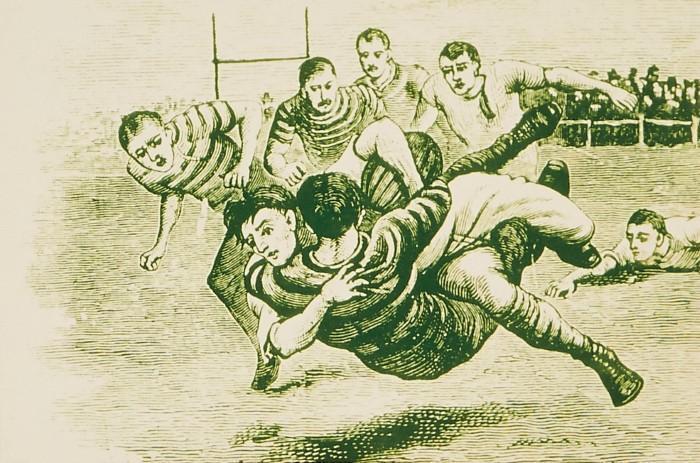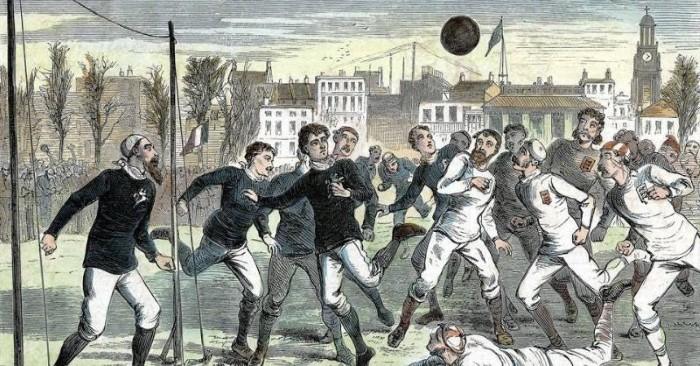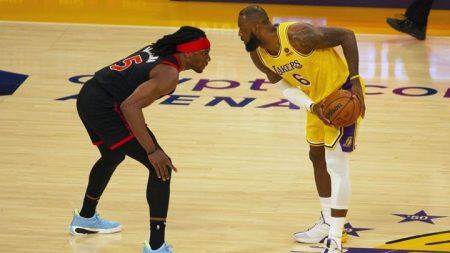The Ancient Beginnings of Soccer

Early Forms of the Game
The history of soccer can be traced back over 2,000 years to ancient civilizations that played various forms of ball games. The most notable early forms of soccer include:
- Cuju (China): The earliest documented form of soccer originated in China around 476 BC during the Han Dynasty. Known as Cuju, which translates to “kick the ball,” this game involved players kicking a leather ball through a hole in a silk cloth stretched between two poles. Cuju was played by both men and women and was a part of military training.
- Episkyros (Greece): In ancient Greece, a game called Episkyros was played, which involved two teams trying to throw a ball over a boundary line. This game had similarities to modern soccer and was often played on an open field.
- Harpastum (Rome): The Romans adapted Episkyros into a game called Harpastum, played with a small ball and involved rough physical contact. This game was popular among Roman soldiers and laid the foundation for various ball games in Europe.
The Development of Soccer in Medieval Europe
By the Middle Ages, soccer-like games had spread throughout Europe, taking on different forms and rules. These early versions of soccer were often chaotic and unregulated, leading to disputes and injuries. Some notable mentions include:
- Mob Football: In medieval England, a game known as mob football became popular, played between neighboring villages. The objective was to carry or kick a ball to the opposing team’s goal, often resulting in large crowds and disorderly conduct.
- Folk Football: In Scotland and Ireland, folk football was played during festivals and public holidays. These matches could involve hundreds of players and were characterized by minimal rules, allowing for a more chaotic experience.
The Birth of Modern Soccer
The Codification of Rules
As soccer continued to evolve, the need for standardized rules became evident. In the 19th century, various schools and clubs in England began forming their own versions of the game, leading to inconsistencies and confusion. The movement towards modern soccer gained momentum in the following years:
- Formation of the Football Association (FA): In 1863, the Football Association (FA) was established in England to unify the rules of the game. This marked a significant milestone in the history of soccer, as it was the first governing body to standardize rules for competitive play. The FA’s rules, known as the “Laws of the Game,” addressed key aspects, including the size of the field, ball dimensions, and player conduct.
- The Split from Rugby: Prior to the formation of the FA, soccer was often played with the option to carry the ball, which was similar to rugby. The FA’s establishment led to a clear distinction between soccer and rugby, with the latter allowing players to handle the ball. This separation helped soccer develop into its unique identity.
The First Official Soccer Match
The first official soccer match, governed by FA rules, took place on January 9, 1864, between two teams representing the FA itself. This game marked a pivotal moment in soccer history, as it set the stage for organized competition.
The Global Spread of Soccer
The Emergence of International Competitions
As soccer gained popularity in England, it began to spread across Europe and the rest of the world. The late 19th and early 20th centuries saw the formation of various national soccer associations, leading to international competitions:
- Formation of FIFA: In 1904, the Fédération Internationale de Football Association (FIFA) was established in Paris, bringing together several national associations. FIFA’s creation marked a turning point for international soccer, allowing for the organization of global competitions.
- The First FIFA World Cup: The inaugural FIFA World Cup was held in Uruguay in 1930. This landmark event featured 13 teams and laid the foundation for what would become the most prestigious tournament in the sport. The success of the World Cup helped to solidify soccer’s status as a global sport.
The Rise of Professional Leagues
As the popularity of soccer continued to grow, professional leagues began to emerge around the world. Countries established their own leagues, providing a platform for clubs to compete at a high level:
- English Football League (EFL): Established in 1888, the EFL became the world’s first professional soccer league. It provided clubs with a structured format for competition, leading to increased fan engagement and financial investment in the sport.
- La Liga and Serie A: In Spain and Italy, professional leagues like La Liga (founded in 1929) and Serie A (established in 1898) contributed to the global appeal of soccer. These leagues showcased top talent and rivalries, drawing millions of fans worldwide.
The Evolution of Soccer Rules and Tactics

Changing Tactics Over the Years
As soccer evolved, so did the strategies and tactics employed by teams. The game witnessed several key changes that shaped its modern form:
- Formation Changes: The introduction of various formations, such as the 4-4-2 and 4-3-3, revolutionized the way teams approached matches. Coaches began emphasizing tactical discipline, pressing, and ball control, influencing the flow of the game.
- The Role of Technology: In recent years, advancements in technology, such as video assistant referees (VAR) and goal-line technology, have improved decision-making and reduced controversies during matches. These innovations have changed the dynamics of how the game is officiated.
The Influence of Icons
Throughout history, certain players have left an indelible mark on soccer, influencing the game in profound ways. Icons like Pelé, Diego Maradona, Lionel Messi, and Cristiano Ronaldo have elevated soccer to new heights, captivating fans and inspiring future generations.
The Cultural Impact of Soccer
Soccer as a Unifying Force
Soccer has a unique ability to bring people together, transcending cultural and geographical boundaries. Major tournaments like the FIFA World Cup and continental championships foster a sense of unity among nations, promoting camaraderie and friendly rivalry. The cultural significance of soccer can be seen in various ways:
- National Pride: For many countries, the national team represents their identity on the global stage. Success in international competitions often leads to a surge in national pride and celebration.
- Community Engagement: Local clubs play a crucial role in their communities, providing a sense of belonging and fostering social connections. Soccer often serves as a catalyst for positive change, promoting inclusivity and community development.
The Global Phenomenon of Soccer
Soccer’s popularity knows no bounds, with billions of fans across the globe. The sport’s ability to adapt to different cultures has contributed to its growth:
- Women’s Soccer: The rise of women’s soccer has been remarkable in recent years, with increased participation, professional leagues, and international competitions. The FIFA Women’s World Cup has garnered significant attention, showcasing the talent and skill of female athletes.
- Soccer in Popular Culture: Soccer has also made its mark in popular culture, influencing music, art, and film. From iconic songs celebrating the sport to movies depicting legendary players, soccer has become intertwined with global culture.
The Future of Soccer
Global Expansion and Inclusivity
As soccer continues to evolve, the future holds promising possibilities. The sport is witnessing a global expansion, with new leagues and clubs emerging in various countries. Efforts to promote inclusivity, especially in women’s soccer and grassroots programs, are vital for the continued growth of the sport.
The Role of Technology
Technology will play a significant role in shaping the future of soccer. From data analytics to virtual reality training, advancements will enhance player performance, fan engagement, and officiating. The integration of technology will continue to transform the way the game is played and experienced.
The journey of soccer from its ancient origins to its current status as the world’s most popular sport is a testament to its universal appeal. As we celebrate the history and evolution of this beautiful game, we must also look forward to its future. Soccer has the power to unite, inspire, and entertain, making it a cherished part of our global culture. Whether you’re a casual fan or a dedicated supporter, the love for soccer is a shared experience that transcends borders and generations. So, the next time you kick a ball or cheer for your favorite team, remember the rich history that has shaped the game we adore today.







